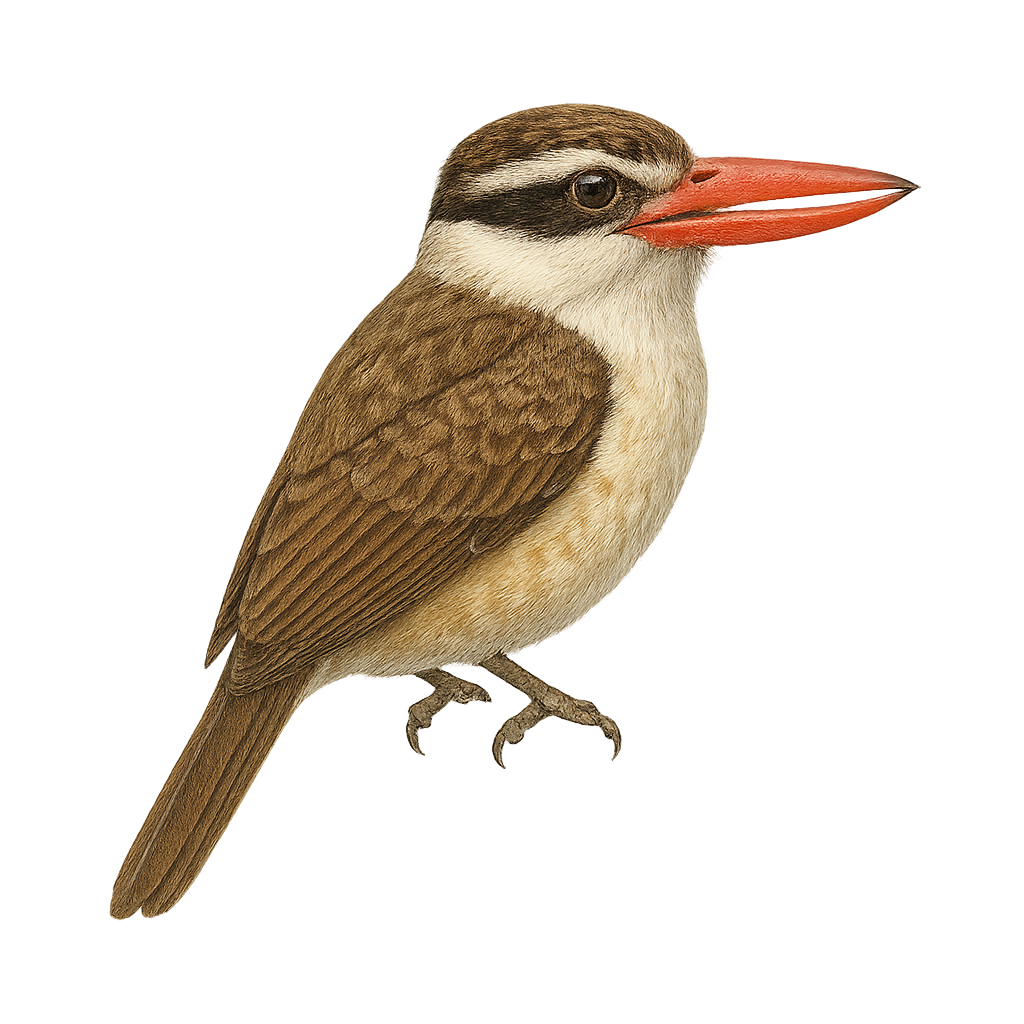Your wildlife photography guide.
Explore the white-eared puffbird in detail, study its behavior, prepare your shots.
Where to observe and photograph the white-eared puffbird in the wild
Learn where and when to spot the white-eared puffbird in the wild, how to identify the species based on distinctive features, and what natural environments it inhabits. The WildlifePhotographer app offers tailored photography tips that reflect the white-eared puffbird’s behavior, helping you capture better wildlife images. Explore the full species profile for key information including description, habitat, active periods, and approach techniques.
White-eared Puffbird
Scientific name: Nystalus chacuru

IUCN Status: Least Concern
Family: BUCCONIDAE
Group: Birds
Sensitivity to human approach: Tolerant
Minimum approach distance: 10 m
Courtship display: September to October
Incubation: 17-18 jours
Hatchings: September to November
Habitat:
dry forests, savannas, open wooded areas
Activity period :
Primarily active during the day, with peak activity in the morning and late afternoon.
Identification and description:
The White-eared Puffbird, scientifically known as Nystalus chacuru, is a medium-sized bird belonging to the Bucconidae family. It is characterized by its brown and white plumage, with a distinctive white band on the forehead and around the eyes. This bird is primarily found in South America, particularly in Brazil, Bolivia, and Paraguay. It inhabits dry forests, savannas, and open wooded areas. The White-eared Puffbird is an opportunistic predator, feeding mainly on insects and small vertebrates. It is known for its melodious and repetitive song, often heard at dawn. Although relatively tolerant of human presence, it prefers habitats with dense vegetation, providing protection from predators.
Recommended lens:
400 mm – adjust based on distance, desired framing (portrait or habitat), and approach conditions.
Photography tips:
To photograph the White-eared Puffbird, it's advisable to use a telephoto lens of at least 400mm to capture detailed images without disturbing the bird. Look for it early in the morning when its song is most active. Wait in areas with dense vegetation, as it prefers these habitats for protection. Use a tripod to stabilize your camera and be ready to quickly adjust your settings according to light variations.
The WildlifePhotographer App is coming soon!
Be the first to explore the best nature spots, track rutting seasons, log your observations, and observe more wildlife.
Already 1 432 wildlife lovers subscribed worldwide

